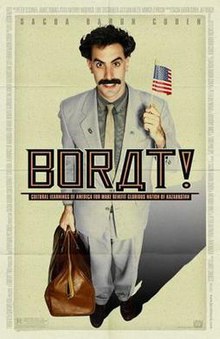In today’s lesson, we looked at Race and Culture in media and character design.
Race and Culture within media are sometimes represented well or they are represented badly. They are used by having characters that represent different ethnic backgrounds looking at their appearance and speech. With inclusions of recognisable aspects, characteristics or predicaments relating to one, or multiple, ways in which diverse groups can live their lives. In a lot of the older American films, black people were mostly portrayed as the bad guys, poor guys, and not very bright. Whereas the white people in the films were portrayed as the good guys and the wealthy and intelligent. An example of this would be in the 1983 film Trading Places or The Littlest Rebel a 1935 film.

A good example of Race/Culture in media is in the film Coco. It has a good representation of Mexican culture, it shows traditions, it fully embraces the culture and the Mexican people were very proud of the film as it was a true and exact representation of what it’s really like as the day of the dead is something that the Mexicans celebrate every year. There is a lot of vibrant colours and colourful costumes which represents the reality of the Mexican celebration.

A bad example of Race/Culture in media is in the film Borat. It has comedy that goes too far to make people feel uncomfortable watching it and getting offended or stereotyped. It makes everything look worse than what it really is. It is elaborated. Other examples of bad representation in films are in Rush Hour 3, a stereotypical American film that was made for comedy and not taking into consideration that Asian people might get offended by it. In Ghost In The Shell, they used American white actors instead of using Japanese actors to make it more real. They used some Japanese actors in the background and portrayed them as bad guys. The white actors were dressed in Japanese clothing and they used Scarlett Johansson as the main character to try and sell the film even though she isn’t even Japanese. This is bad because it gave a false representation and has caused upset amongst Asian people and offended the Japanese.


The Race/Culture representation in Zeph is that his ethnicity is white Scandinavian, and he was found and raised by the elves from a young age. He does not know who his real family is and this creates a sense of loss within him. He has no real home to call his own. He only has learnt from the elves culture, which is mostly magic, being kind to animals and nature and being able to communicate with some. However, apart from the gentler side of the elves, he has been taught to fight like a warrior if he needs to defend himself and his kingdom. I don’t think that my series will offend anyone as I have not used any of my characters to represent anybody that they are not. It is set in Scandinavia so the people were mostly white in colour, especially in the time my series is set. If it does cause offence and some people might see it as a racist series then it might be a good idea to introduce Asian or Black characters too and make sure their roles are equal to the white characters.

